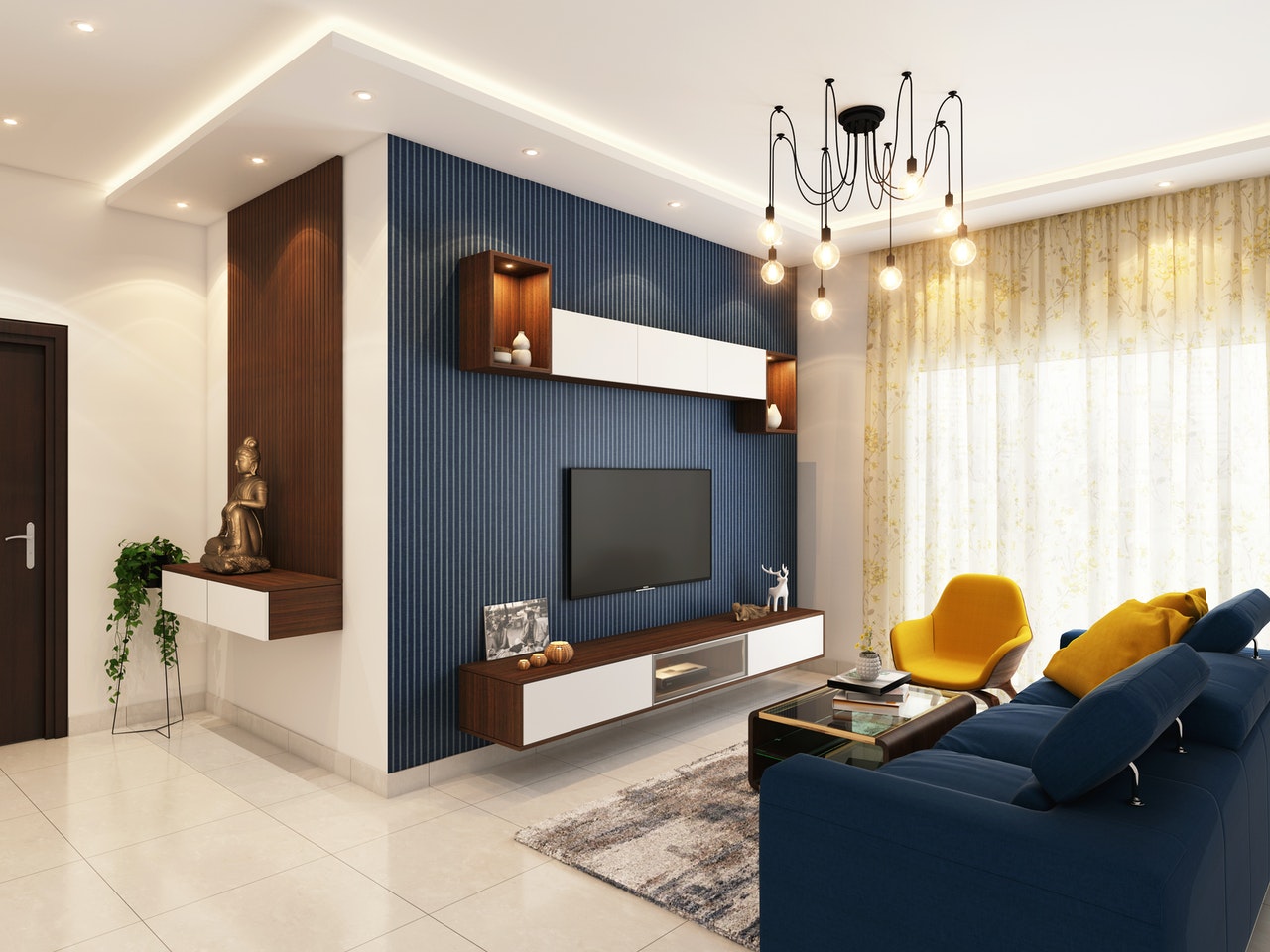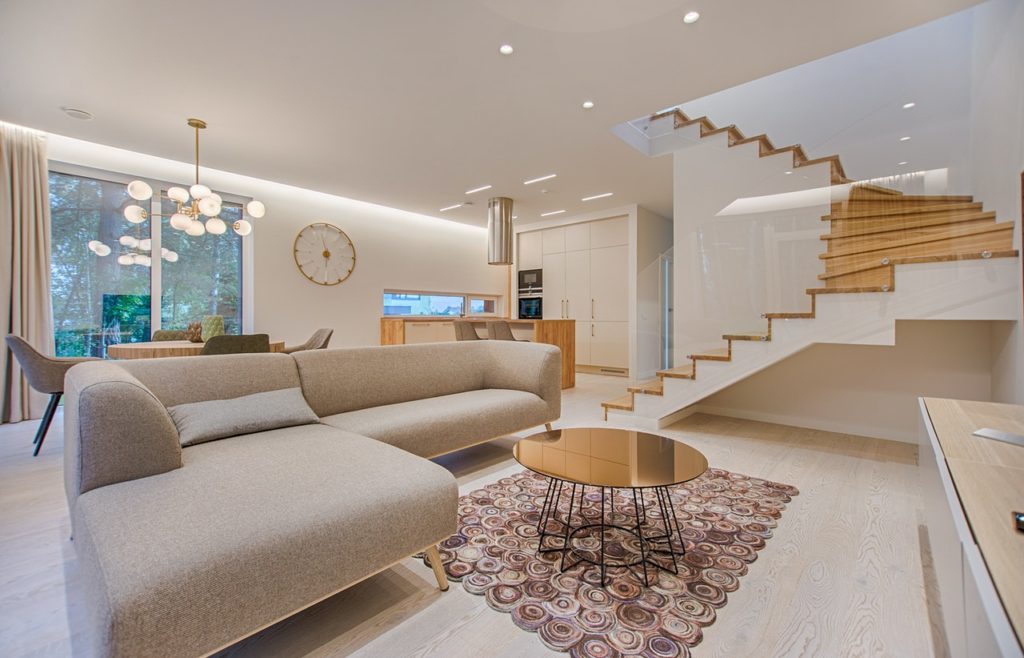What used to be science fiction is now a reality. Speech recognition and automation are becoming more common in places you’d least expect to see them. You’d expect to see voice-activated lights and other smart tech in state-of-the-art laboratories, not homes. But residential use of smart devices is growing in popularity. The global smart home market is projected to grow to over $135 billion by 2025.
In the last decade alone, we’ve seen hundreds of smart devices released to the market. You can automate everything, from power outlets and lights to thermostats and televisions. The cost of smart tech has considerably gone down as well, making them more affordable and accessible. Anyone with a decent internet connection can use smart devices to make their life more convenient.
Smart tech has especially become popular in apartments. You may not be able to tear out the carpeting or replace the windows, but there’s nothing in the lease agreement that says you can’t use smart devices. You can boost your quality of life just by installing new lights or outlets. Here are some ways smart tech can make your home more functional.
1. Remote-controlled outlet
Practically every part of your home can be automated, even the power outlets. Smart outlets are quick to implement, and more importantly, affordable. If you’re not sure whether to go all-in on smart tech, remote-controlled outlets allow you to dip your toes in the pool. Once you’ve set up your smart outlet network, you can enable or disable the power connection wherever you are.
Compared to other smart devices, remote-controlled outlets are entirely decentralized, making for an easier setup. Any home appliance or electronic device can be connected to a smart outlet. Do you want to switch your computer on before you arrive? Just switch it on using the app. Some smart outlets also collect analytics which allows you to track your power use over a period.
2. Smarter entertainment
I’m sure many of us have dreamed of having our own home theaters. However, a home entertainment system can cost thousands of dollars. But just because you don’t have the resources for a full system doesn’t mean you can’t have a decent smart TV. Most televisions sold today are smart-enabled, and you can get a budget set for around $300.
You can also turn your old television into a smart entertainment system. You can buy a Roku or Google TV dongle and connect it to your television’s HDMI port. The dongle acts as a computer that allows you to install apps, surf the internet, and more. You can even replace your cable connection with an online television service such as YouTube TV. Just make sure your internet is fast enough for streaming.
Good audio is also more accessible than ever. You can connect a portable soundbar to your television to increase its audio capabilities without having to invest in an expensive surround system.

3. Customizable lights
Another cost-effective smart upgrade for your home is smart lights. Like smart outlets, smart lights utilize your existing infrastructure. You can swap out your old lighting with customizable LED bulbs, and with minimal setup, you’re good to go. If you’re willing to spend a few dollars extra per bulb, you can even get customizable lighting with millions of different color combinations.
There are three possible configurations for a smart light setup. You can use your existing switches or add voice recognition for better accessibility. Some smart lights can also be controlled through a computer or smartphone app. You can also automate your setup to respond to certain triggers. For instance, you can set your front-door lights to turn off at sunrise.
4. Round-the-clock security
Who says security is just for the rich? Not everyone is fortunate enough to afford a home or apartment with a doorkeeper. Thankfully, there are smart solutions for the budget-conscious consumer. Smart security systems will give you the peace of mind you need without putting a dent in your budget.
Smart security systems run the gamut from simple, smart locks to 24/7 remote-controlled security cameras. You can customize your settings depending on your needs. For instance, you can set your system to automatically lock all doors and windows when no one is at home. You can also take a look at live feeds through your smartphone or computer. Some smart security systems send you automated alerts if someone’s at the front door.
Just make sure to check local laws before installing a smart security system in public or shared spaces. Bathrooms are often off-limits, especially if you live in a shared apartment.
The bottom line
These are just some ways smart technology can make your life more convenient and accessible. Your smart home setup can be as simple or complicated as you need it to be. Start by installing smart plugs and smart lights if you don’t know where to begin.
